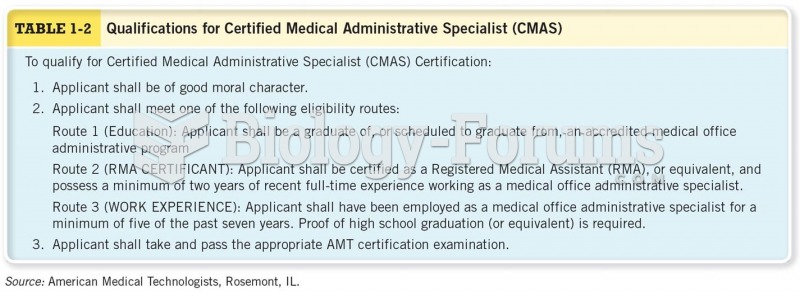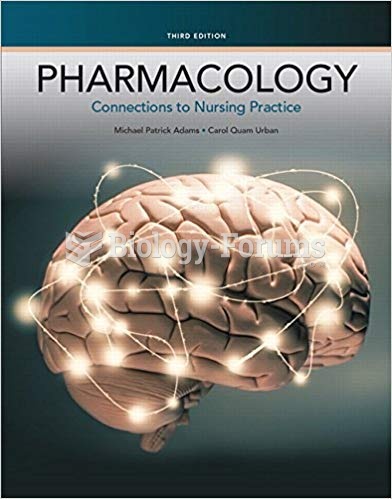Answer to Question 1
A
Answer to Question 2
Any three of the following:
Dose of dialysis. The interdisciplinary team must provide the necessary care and services to manage the patient's volume status; and achieve and sustain the prescribed dose of dialysis to meet a hemodialysis Kt/V of at least 1.2 and a peritoneal dialysis weekly Kt/V of at least 1.7 or meet an alternative equivalent professionally-accepted clinical practice standard for adequacy of dialysis.
Nutritional status. The interdisciplinary team must provide the necessary care and counseling services to achieve and sustain an effective nutritional status. A patient's albumin level and body weight must be measured at least monthly. Additional evidence, based professionally-accepted clinical nutrition indicators may be monitored, as appropriate.
Mineral metabolism. Provide the necessary care to manage mineral metabolism and prevent or treat renal bone disease.
Anemia. The interdisciplinary team must provide the necessary care and services to achieve and sustain the clinically appropriate hemoglobin/hematocrit level. The patient's hemoglobin/hematocrit must be measured at least monthly. The dialysis facility must conduct an evaluation of the patient's anemia management needs. For a home dialysis patient, the facility must evaluate whether the patient can safely, aseptically, and effectively administer erythropoiesis-stimulating agents and store this medication under refrigeration if necessary. The patient's response to erythropoiesis-stimulating agent(s), including blood pressure levels and utilization of iron stores, must be monitored on a routine basis.
Vascular access. The interdisciplinary team must provide vascular access monitoring and appropriate, timely referrals to achieve and sustain vascular access. The hemodialysis patient must be evaluated for the appropriate vascular access type, taking into consideration comorbid conditions, other risk factors, and whether the patient is a potential candidate for arteriovenous fistula placement. The patient's vascular access must be monitored to prevent access failure, including monitoring of arteriovenous grafts and fistulae for symptoms of stenosis.
Psychosocial status. The interdisciplinary team must provide the necessary monitoring and social work interventions. These include counseling services and referrals for other social services, to assist the patient in achieving and sustaining an appropriate psychosocial status as measured by a standardized mental and physical assessment tool chosen by the social worker, at regular intervals, or more frequently on an as-needed basis.
Modality, including (i) whether home dialysis is an option or why the patient is not a candidate for home dialysis and (ii) transplantation status, including plan for transplantation if patient accepts a transplantation referral, the patient's decision if the patient declines the transplantation referral, or the reason for the patient's non-referral as a transplantation candidate.
Rehabilitation status. The interdisciplinary team must assist the patient in achieving and sustaining an appropriate level of productive activity, as desired by the patient, including the educational needs of pediatric patients, and must make rehabilitation and vocational rehabilitation referrals as appropriate.







